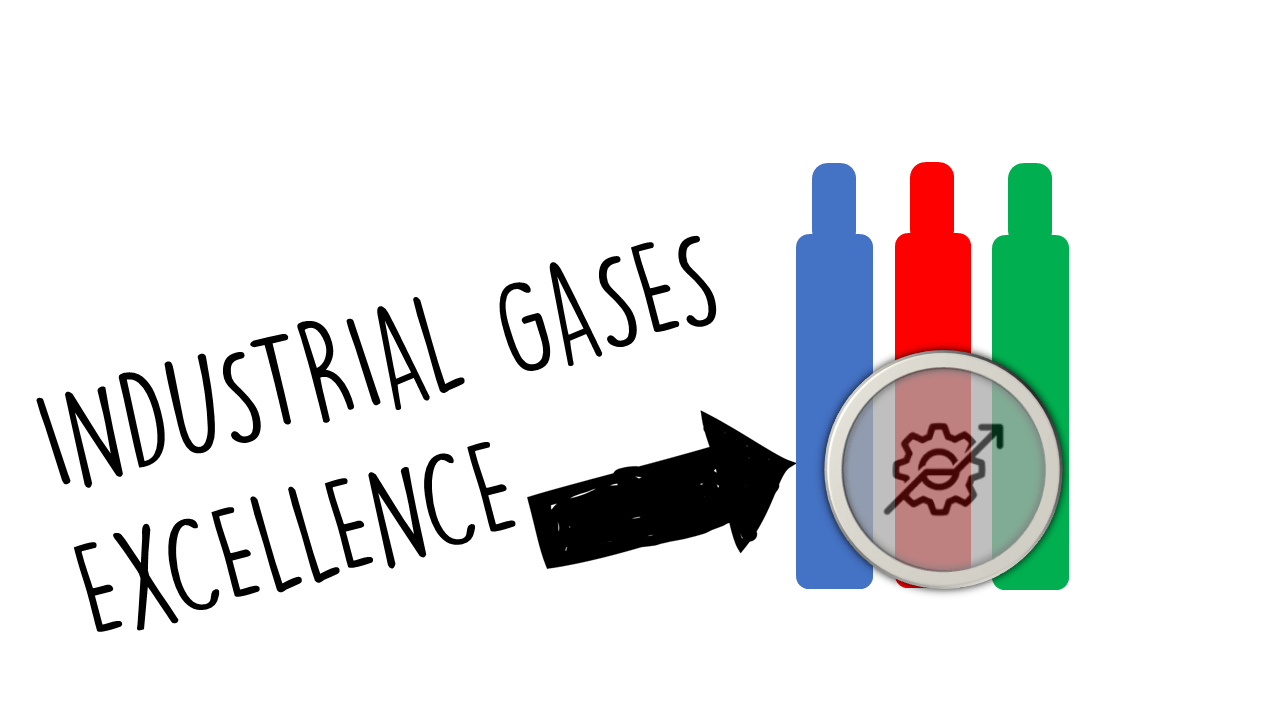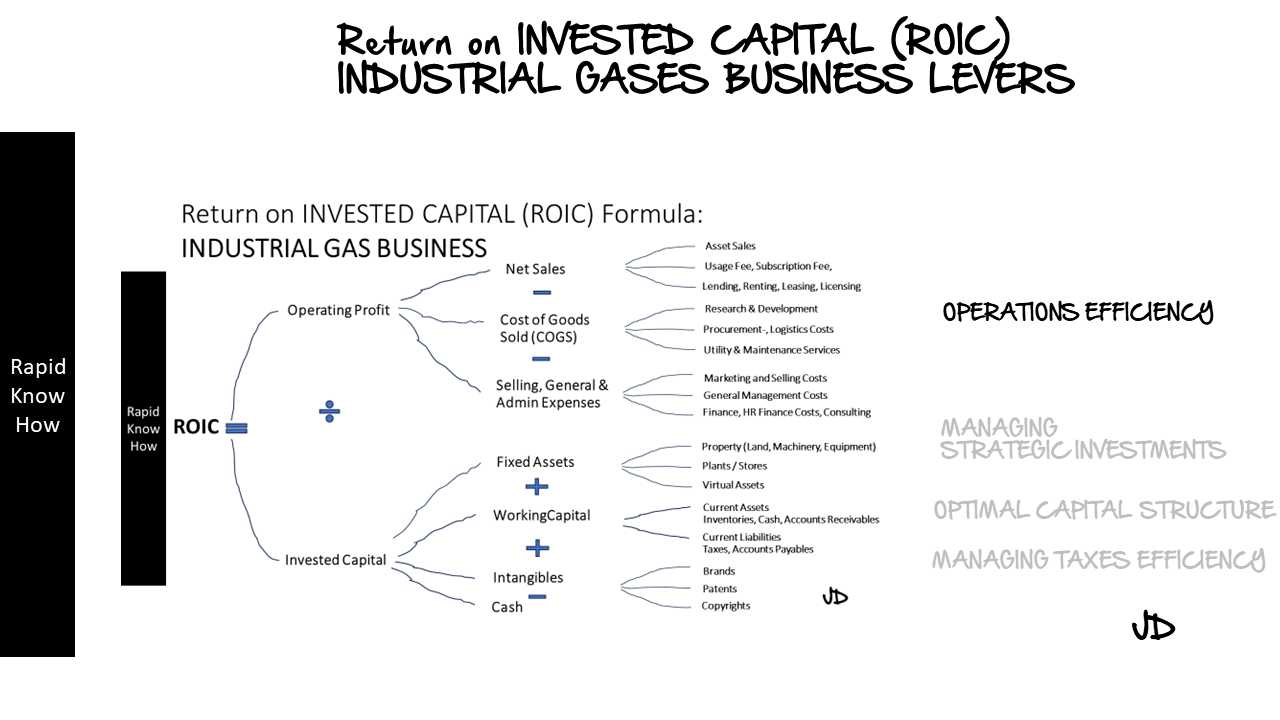In the industrial gas business, crowdsourcing know-how, along with the concepts of framing and reframing, can be powerful tools for fostering innovation, improving processes, and engaging with a wider community of stakeholders. Here’s how these concepts can be applied effectively:
Crowdsourcing Know-How
Crowdsourcing know-how involves leveraging the collective expertise and knowledge of a diverse group of individuals to solve problems, generate ideas, or develop innovative solutions.
Opportunities for Crowdsourcing in the Industrial Gas Sector
Innovative Technology Solutions:
- Engage researchers, engineers, and entrepreneurs to share new ideas for gas production, storage, and transportation methods. For example, crowdsourcing could lead to breakthroughs in carbon capture technology.
Safety Improvements:
- Gather insights on enhancing safety protocols and equipment among industry professionals, such as best practices for handling hazardous gases.
Process Optimization:
- Collaborate with experts to identify areas for improving efficiency in gas production and distribution, potentially leading to cost savings and reduced environmental impact.
Sustainability Initiatives:
- Invite contributions from environmental scientists and sustainability advocates to develop eco-friendly practices in the industrial gas supply chain.
Market Needs Assessment:
- Use crowdsourcing to understand customer demands and trends, enabling companies to tailor their offerings to better meet market needs.
Implementation of Crowdsourcing Know-How
- Online Platforms: Utilize platforms like IdeaScale or Crowdicity to facilitate the submission and collaboration of ideas from a broad audience.
- Hackathons or Innovation Challenges: Organize events encouraging participants to address specific challenges in the industrial gas sector.
- Collaborative Forums: Create online communities where industry professionals can share knowledge, ask questions, and collaborate on common problems.
Framing in Crowdsourcing
Framing involves presenting crowdsourcing opportunities in a way that emphasizes their value and relevance to the target audience.
Strategies for Effective Framing
Clear Problem Definition:
- Articulate the specific problems or challenges you want to address through crowdsourcing. Clarity helps participants understand where their expertise can contribute.
Emphasize Collaboration:
- Frame the crowdsourcing initiative as a community effort, highlighting the benefits of collaborative problem-solving. “Join forces with industry experts to innovate sustainable gas solutions.”
Highlight Benefits to Participants:
- Show participants how their contributions can lead to recognition, networking opportunities, or even financial rewards, such as being chosen for project funding.
Align with Industry Trends:
- Connect the crowdsourcing initiative to larger industry trends, such as sustainability or digital transformation, to engage a broader audience. “Be part of the green revolution in the industrial gas sector!”
Use Success Stories:
- Share success stories from previous crowdsourcing projects to build credibility and motivate participation. Showcase real-world applications of ideas that emerged from crowdsourcing initiatives.
Reframing Crowdsourcing Conversations
Reframing shifts the perspective on crowdsourcing opportunities to increase engagement and participation.
Techniques for Reframing
From Competition to Collaboration:
- From: “We’re challenging you to submit the best ideas.”
- To: “We’re inviting you to collaborate with us to create impactful solutions for our industry challenges.”
From Abstract Concepts to Tangible Results:
- From: “Help us innovate in industrial gas.”
- To: “Your ideas could lead to real-world innovations that enhance safety and efficiency in our plants.”
From Expertise to Shared Learning:
- From: “Only experts should contribute.”
- To: “We value all perspectives—every idea can contribute to our understanding and advancement!”
From Idea Submission to Partnership:
- From: “Submit your idea and wait for feedback.”
- To: “Engage directly with our team and be part of the journey from conception to implementation.”
From Individual Contributions to Community Ownership:
- From: “We need your help.”
- To: “Let’s build a community of innovators in the industrial gas space together.”
Action Steps for Effective Crowdsourcing
Define Clear Objectives:
- Establish what you aim to achieve through crowdsourcing, such as solving specific challenges or developing new technologies.
Engage a Diverse Audience:
- Promote the initiative across various channels to attract participants from different backgrounds—scientists, engineers, environmentalists, and industry veterans.
Provide Resources and Support:
- Offer background materials, data, and tools to help participants contribute effectively. Facilitate workshops or webinars to guide them.
Incentivize Participation:
- Develop a rewards system for contributors, whether through financial incentives, public recognition, or opportunities for collaboration.
Implement Feedback Mechanisms:
- Create channels for ongoing dialogue with participants to refine ideas and provide updates on how contributions are being utilized.
Conclusion
Crowdsourcing know-how in the industrial gas business presents an exciting opportunity to harness collective intelligence and foster collaboration.
By effectively framing and reframing these initiatives, companies can engage diverse communities of experts and enthusiasts, driving innovation and finding sustainable solutions to industry challenges. This approach not only enhances operational practices but also builds a sense of community and shared purpose in advancing the industrial gas sector.





